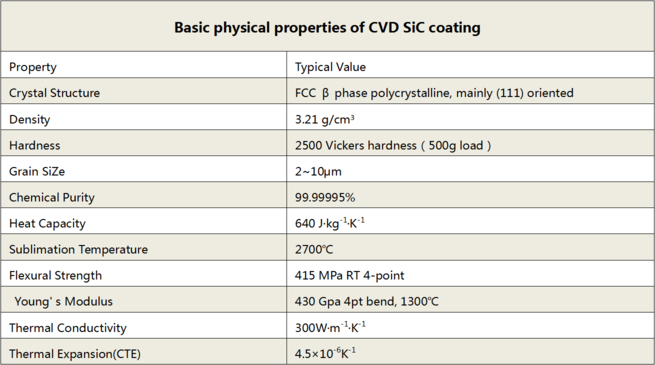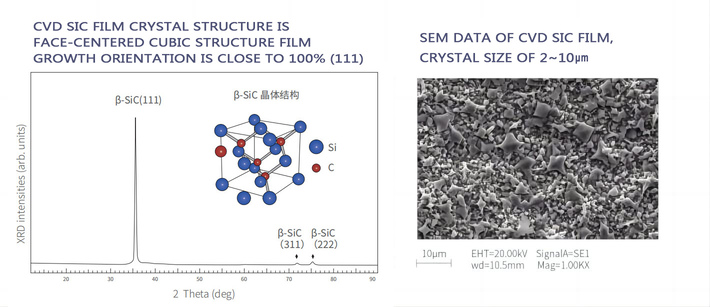
- English
- Español
- Português
- русский
- Français
- 日本語
- Deutsch
- tiếng Việt
- Italiano
- Nederlands
- ภาษาไทย
- Polski
- 한국어
- Svenska
- magyar
- Malay
- বাংলা ভাষার
- Dansk
- Suomi
- हिन्दी
- Pilipino
- Türkçe
- Gaeilge
- العربية
- Indonesia
- Norsk
- تمل
- český
- ελληνικά
- український
- Javanese
- فارسی
- தமிழ்
- తెలుగు
- नेपाली
- Burmese
- български
- ລາວ
- Latine
- Қазақша
- Euskal
- Azərbaycan
- Slovenský jazyk
- Македонски
- Lietuvos
- Eesti Keel
- Română
- Slovenski
- मराठी
- Srpski језик
Why is SiC coating a key core material for SiC epitaxial growth?
2024-08-21
In CVD equipment, the substrate cannot be placed directly on the metal or simply on a base for epitaxial deposition, because it involves various factors such as gas flow direction (horizontal, vertical), temperature, pressure, fixation, and falling pollutants. Therefore, a base is needed, and then the substrate is placed on the disk, and then epitaxial deposition is performed on the substrate using CVD technology. This base is the SiC coated graphite base.
As a core component, the graphite base has high specific strength and modulus, good thermal shock resistance and corrosion resistance, but during the production process, the graphite will be corroded and powdered due to the residual corrosive gas and metal organic matter, and the service life of the graphite base will be greatly reduced. At the same time, the fallen graphite powder will cause contamination to the chip. In the production process of silicon carbide epitaxial wafers, it is difficult to meet people's increasingly stringent use requirements for graphite materials, which seriously restricts its development and practical application. Therefore, coating technology began to rise.
Advantages of SiC coating in the semiconductor industry
The physical and chemical properties of the coating have strict requirements for high temperature resistance and corrosion resistance, which directly affect the yield and life of the product. SiC material has high strength, high hardness, low thermal expansion coefficient and good thermal conductivity. It is an important high-temperature structural material and high-temperature semiconductor material. It is applied to graphite base. Its advantages are:
1) SiC is corrosion-resistant and can fully wrap the graphite base. It has good density and avoids damage by corrosive gas.
2) SiC has high thermal conductivity and high bonding strength with the graphite base, ensuring that the coating is not easy to fall off after multiple high-temperature and low-temperature cycles.
3)SiC has good chemical stability to avoid the failure of the coating in a high-temperature and corrosive atmosphere.
Basic physical properties of CVD SiC coating
In addition, epitaxial furnaces of different materials require graphite trays with different performance indicators. The matching of the thermal expansion coefficient of graphite materials requires adaptation to the growth temperature of the epitaxial furnace. For example, the temperature of silicon carbide epitaxy is high, and a tray with high thermal expansion coefficient matching is required. The thermal expansion coefficient of SiC is very close to that of graphite, making it suitable as the preferred material for the surface coating of the graphite base.
SiC materials have a variety of crystal forms. The most common ones are 3C, 4H and 6H. SiC of different crystal forms has different uses. For example, 4H-SiC can be used to manufacture high-power devices; 6H-SiC is the most stable and can be used to manufacture optoelectronic devices; 3C-SiC can be used to produce GaN epitaxial layers and manufacture SiC-GaN RF devices because of its similar structure to GaN. 3C-SiC is also commonly referred to as β-SiC. An important use of β-SiC is as a thin film and coating material. Therefore, β-SiC is currently the main material for coating.
Chemical-structure-of-β-SiC
As a common consumable in semiconductor production, SiC coating is mainly used in substrates, epitaxy, oxidation diffusion, etching and ion implantation. The physical and chemical properties of the coating have strict requirements for high temperature resistance and corrosion resistance, which directly affect the yield and life of the product. Therefore, the preparation of SiC coating is critical.





